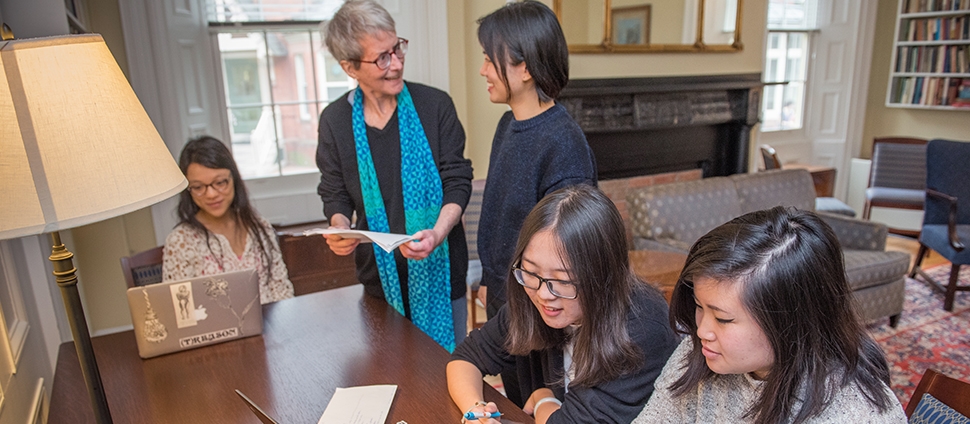Document Type
Article
Publication Date
1-2000
Abstract
Recently, a fruitful line of inquiry has linked children’s acquisition of the language of the mind to their developing understanding of other minds. In particular, a cascade of linguistic effects regarding sentences embedded under mental verbs has been shown to occur around the age of four years for the average child, roughly the age when children start passing standard false belief tests. This set of linguistic effects is summarized briefly below. In the proposed study, we will turn our attention to possible precursors for the ability to ascribe a false belief to another person. These precursors include knowledge about how people form beliefs from the evidence of their senses and by what evidence they judge the existence of such belief states in others. To explore such questions, we will examine how children acquire some selected constructions relating to the path leading from evidence to belief: epistemic uses of modals such as “must” and “might” and direct and indirect perception reports using verbs like “see”.
Rights
© the authors
Version
Author's Submitted Manuscript
Recommended Citation
de Villiers, Jill; Kratzer, Angelika; and Roeper, Tom, "From Evidence to Belief: Developmental Precursors for False Belief Ascriptions" (2000). Philosophy: Faculty Publications, Smith College, Northampton, MA.
https://scholarworks.smith.edu/phi_facpubs/46


